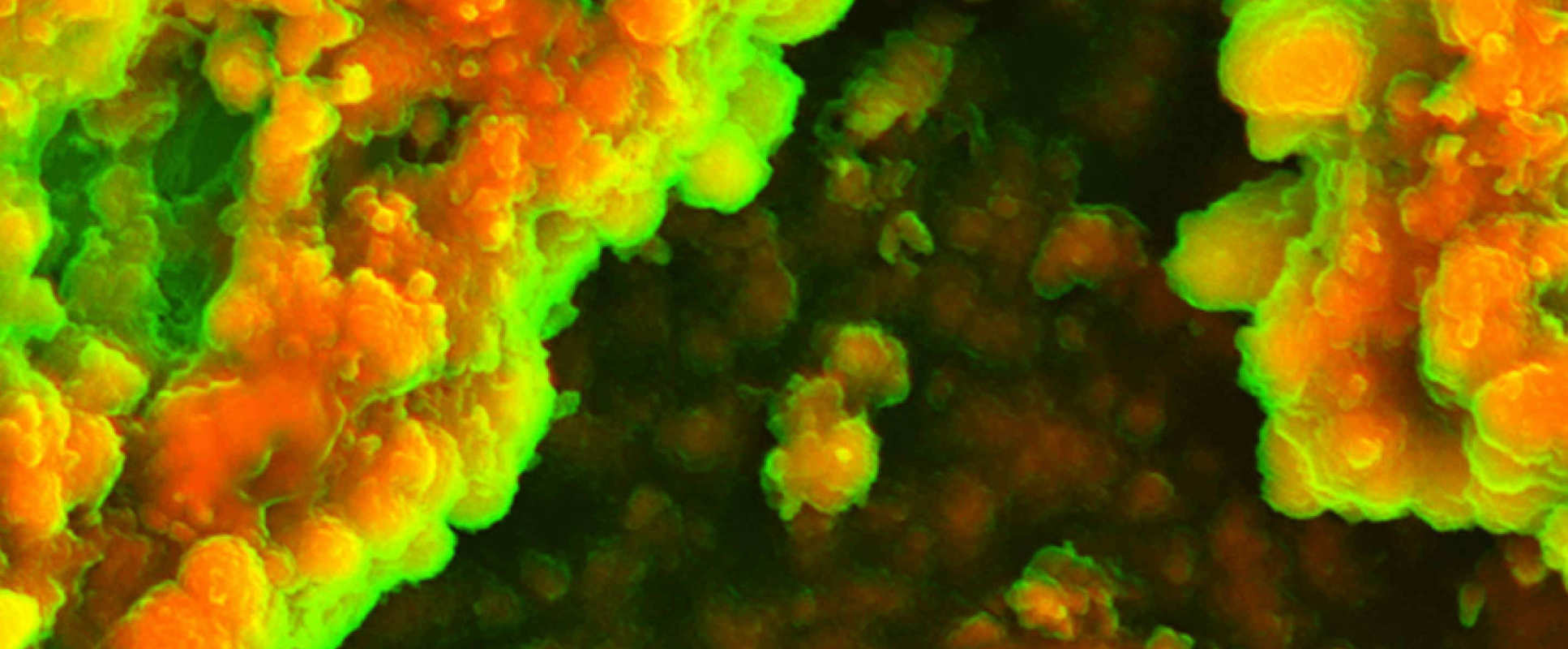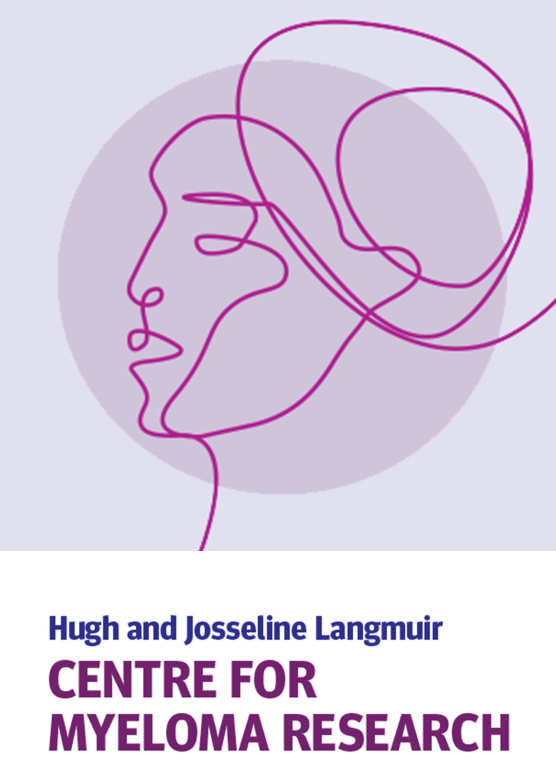BibTex format
@article{Gay:2017:10.3324/haematol.2017.174573,
author = {Gay, F and Engelhardt, M and Terpos, E and Wäsch, R and Giaccone, L and Auner, HW and Caers, J and Gramatzki, M and van, de Donk N and Oliva, S and Zamagni, E and Garderet, L and Straka, C and Hajek, R and Ludwig, H and Einsele, H and Dimopoulos, M and Boccadoro, M and Kröger, N and Cavo, M and Goldschmidt, H and Bruno, B and Sonneveld, P},
doi = {10.3324/haematol.2017.174573},
journal = {Haematologica},
pages = {197--211},
title = {From transplant to novel cellular therapies in multiple myeloma: EMN guidelines and future perspectives.},
url = {http://dx.doi.org/10.3324/haematol.2017.174573},
volume = {103},
year = {2017}
}
RIS format (EndNote, RefMan)
TY - JOUR
AB - Survival of myeloma patients has greatly improved with the use of autologous stem cell transplantation and novel agents, such as proteasome inhibitors, immunomodulatory drugs and monoclonal antibodies. Compared to bortezomib- and lenalidomide-based regimens alone, the addition of high-dose melphalan followed by autologous transplantation significantly improves progression-free survival; although an overall survival benefit was not observed in all trials. Moreover, follow-up of recent trials is still too short to show any difference in survival. In the light of these findings, novel agent-based induction followed by autologous transplantation is considered the standard upfront treatment for eligible patients (level of evidence: 1A). Post-transplant consolidation and maintenance treatment can further improve patient outcome (1A). The availability of several novel agents has led to the development of multiple combination regimens as salvage treatment options. In this context, the role of salvage autologous transplantation and allotransplant have not been extensively evaluated. In case of prolonged remission after upfront autologous transplantation, another autologous transplantation at relapse can be considered (2B). Patients who experience early relapse and/or have high-risk features have a poor prognosis and may be considered as candidates for clinical trials that - in young and fit patients - may also include an allograft in combination with novel agents (2B). Ongoing studies are evaluating the role of novel cellular therapies, such as inclusion of antibody-based triplets and quadruplets and Chimeric Antigen Receptor-T cells: despite preliminary encouraging results, longer follow-up and larger patient numbers are needed before their clinical use can be widely recommended.
AU - Gay,F
AU - Engelhardt,M
AU - Terpos,E
AU - Wäsch,R
AU - Giaccone,L
AU - Auner,HW
AU - Caers,J
AU - Gramatzki,M
AU - van,de Donk N
AU - Oliva,S
AU - Zamagni,E
AU - Garderet,L
AU - Straka,C
AU - Hajek,R
AU - Ludwig,H
AU - Einsele,H
AU - Dimopoulos,M
AU - Boccadoro,M
AU - Kröger,N
AU - Cavo,M
AU - Goldschmidt,H
AU - Bruno,B
AU - Sonneveld,P
DO - 10.3324/haematol.2017.174573
EP - 211
PY - 2017///
SN - 0390-6078
SP - 197
TI - From transplant to novel cellular therapies in multiple myeloma: EMN guidelines and future perspectives.
T2 - Haematologica
UR - http://dx.doi.org/10.3324/haematol.2017.174573
UR - http://hdl.handle.net/10044/1/55587
VL - 103
ER -

